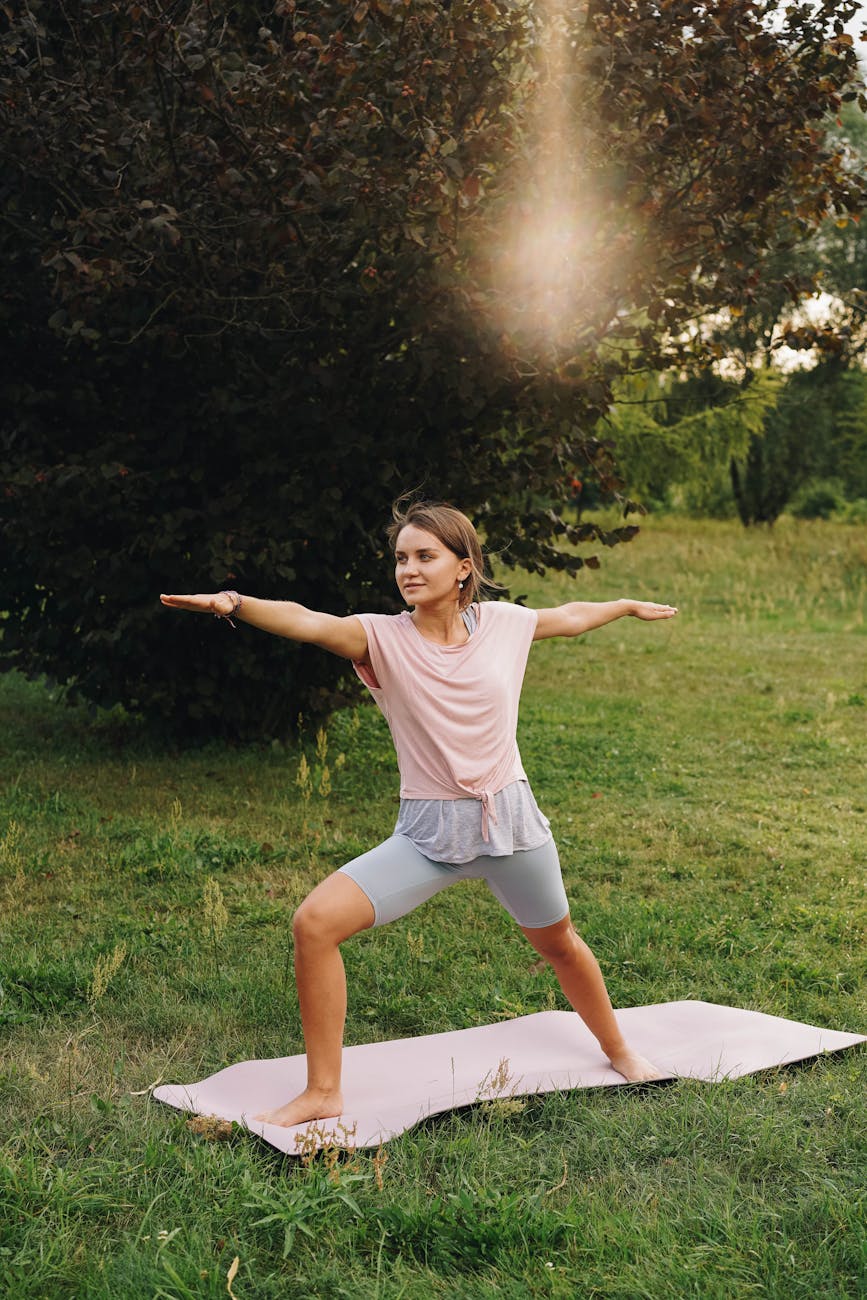Let's get started...
Introduction to Yoga
Yoga is a practise that originated in ancient India around 5,000 years ago and has since evolved into various forms across the world. It combines physical postures, breathing techniques, meditation, and ethical disciplines to create a holistic approach to health and wellness. While the roots of yoga are deeply philosophical and spiritual, it's practices have embraced a more inclusive and secular approach over time, making it accessible to people of various age groups, including teenagers.
The Cultural and Historical Background of Yoga
The word "yoga" is derived from the Sanskrit root "yuj", meaning "to yoke" or "to unite". This symbolises the primary goal of yoga - the unification of body, mind, and spirit. Historically, yoga was more than just a method of teaching; it was a way of life dedicated to spiritual growth and understanding. Over centuries, several scriptures laid down practices, philosophies, and disciplines that collectively formed what is broadly termed 'yoga' today.
In the West, yoga became popular as a form of physical exercise, but it encapsulates far richer dimensions involving mindfulness and mental health. Each style or school of yoga has its unique blend of postures, called asanas, and breathing techniques, known as pranayamas, apart from meditation practices.
Real-Life Impact on Teens
Adolescence, the transitional stage from childhood to adulthood, can be fuelled by emotional ups and downs, social pressures, and academic stress. Yoga can serve as a beneficial tool for coping with these challenges. Engaging in yoga helps to foster resilience, emotional stability, and improves physical health. For instance, the practise of mindful breathing helps to manage stress by enhancing one's relaxation response. Similarly, yoga poses can help improve posture, flexibility, and physical strength.
Apart from these physical and emotional benefits, yoga can also impact a teenager's life by instilling discipline, enhancing concentration, and fostering a greater sense of self-awareness and confidence. Whether it's dealing with exam stress or navigating complex social dynamics, yoga offers tools through which these typical teenage challenges can be managed more effectively.
Practical Yoga Strategies for Teens
Integrating yoga into your routine might sound challenging, but it can be quite simple and enjoyable. Here are some strategies to help get you started:

1. Choose the Right Style
There are several styles of yoga, from the more physically demanding Ashtanga and Vinyasa flows, to the gently paced Hatha and the restorative Yin Yoga. Experiment with different styles to see which fits you best, or vary your practise depending on your mood and energy levels.
2. Start with Basic Poses
Begin with simple postures like the mountain pose, tree pose, or warrior poses. These foundational poses help build strength and balance, and are usually easier to approach for beginners.
3. Use Online Resources
Many yoga studios offer online classes suitable for beginners. Platforms like YouTube also have free tutorials from experienced instructors. Just be sure any online class or video is from a reputable source to avoid injury.
4. Join a Yoga Club or Class
If your school offers a yoga club or classes, joining could be a great way to stay committed. It also offers the benefit of social interaction and sharing the experience with peers.
5. practise Regularly
Consistency is key in yoga. Even just a few minutes a day can have profound effects on your physical and mental well-being. Try to set a regular time and space for your practise.
6. Focus on Breathing
Pay attention to your breathing as you move into and hold poses. Pranayama, or yogic breathing, is critical for achieving the meditative aspect of yoga, which is as beneficial as the physical movements.
7. Be Patient and Enjoy the Process
Yoga is not about perfection but practise. Recognise that each session is an opportunity to explore and understand your body a little bit better. Enjoy your progress, no matter how slow it might seem.
Conclusion
Yoga is an enriching practise that offers several benefits for both the mind and body. For teenagers, it provides a means of managing stress, enhancing physical health, and developing a positive self-image and discipline. As an adaptable practise, it can fit into various lifestyles and preferences, offering a personalised approach to wellness that is worth exploring.
How are you feeling?
It is really important that when we need help, we feel able to ask for it. This could be speaking to a parent, a close friend, a teacher or someone else you trust. Sometimes it can be really hard to share our feelings with other people but if we are feeling low or don't know where to turn, sharing with others is really important. Teachers will always take you seriously and listen to your problems in confidence if you approach them for help. Likewise, parents, siblings or friends will help you if you reach out to them.
If you feel like you can't speak to anyone you know, there are people and organisations that can help support you:
- Childline - Call them on 0800 1111 any time of the day or night, every day of the week
- NSPCC - Call them on 0808 800 5000 between 10am and 4pm Monday to Friday or email them on help@NSPCC.org.uk
- The Samaritans – Call them on 116 123 any time of the day or night, every day of the week
- SANE – Call 0300 304 7000 for support (4:30pm - 10:30pm every day)
- Mind – Call 0300 123 3393 (9:00am - 6:00pm Monday to Friday)
*Sometimes we will use real life examples in our articles to aid understanding. When we do, names and ages will be changed.













